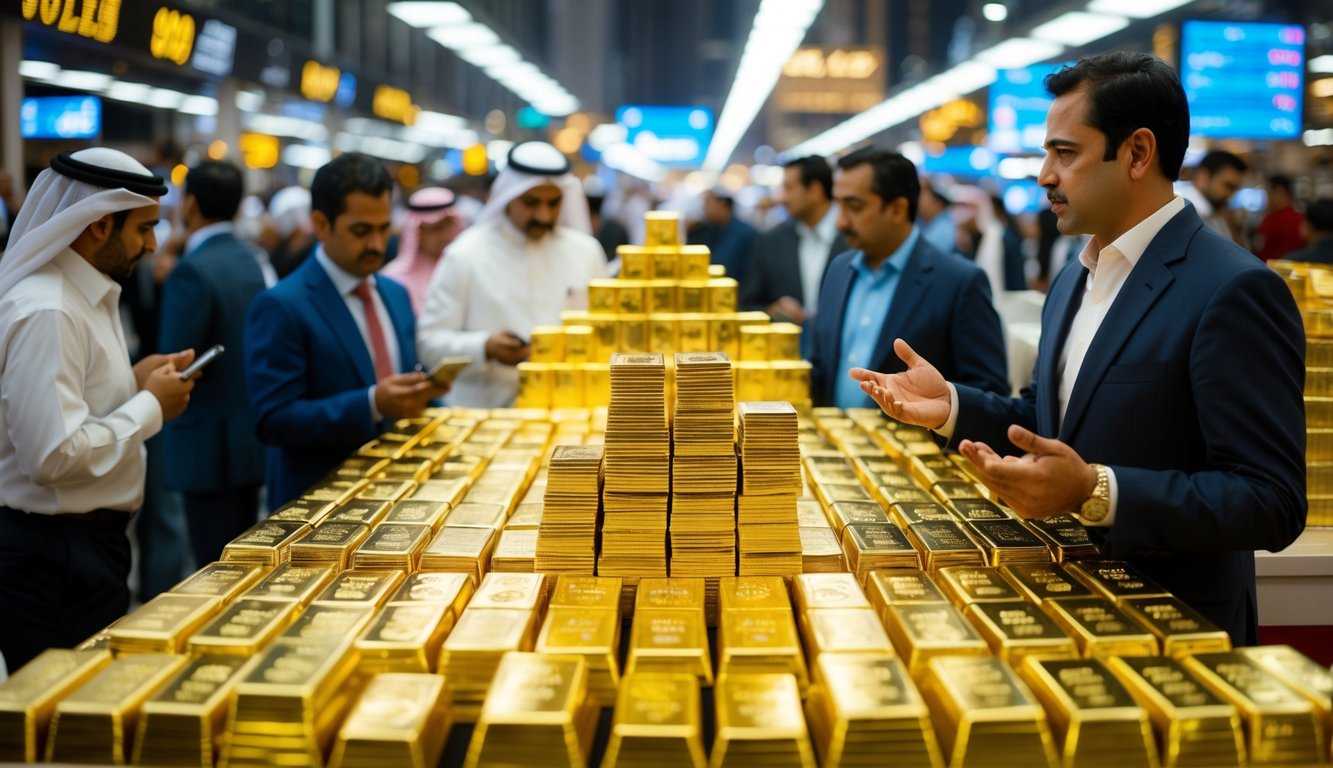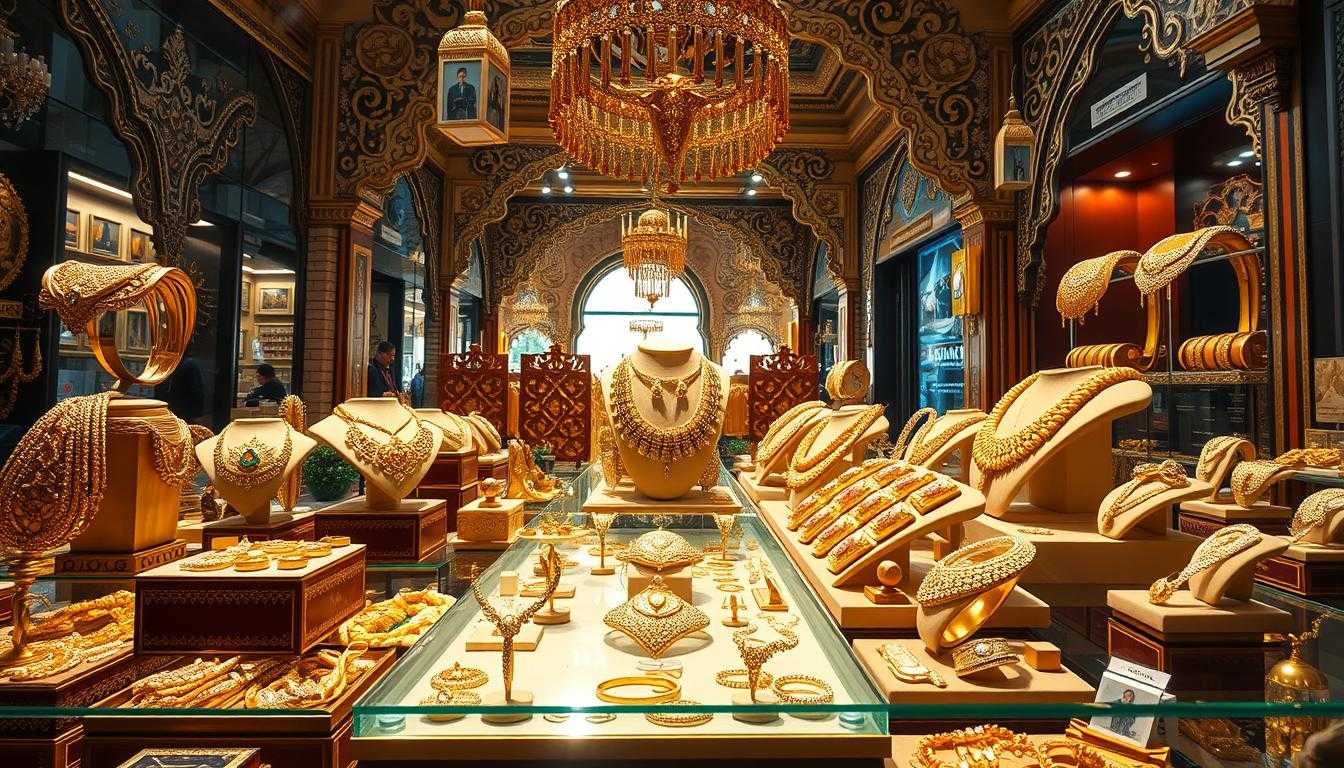Are you looking for ways to grow your money? Many people are. Investing might seem tricky with so many options out there. Gold is one choice that stands out. It has been valuable for a long time, and folks trust it to keep their wealth safe.
Today’s gold rate offers exciting chances for anyone wanting to invest.
One interesting fact: experts give daily updates on the price of gold and other investments like oil and bitcoin. This article will show you how understanding today’s gold prices can open doors to making more money.
You’ll learn about buying gold bars or coins, investing in funds that track the price of gold, and why adding some shiny metal to your portfolio could be a smart move. Ready to shine bright with your investments? Keep reading!
Current Gold Rate Trends

Lately, gold prices have been on a roller coaster. It seems like one day they’re up, and the next, down.
Recent fluctuations in gold prices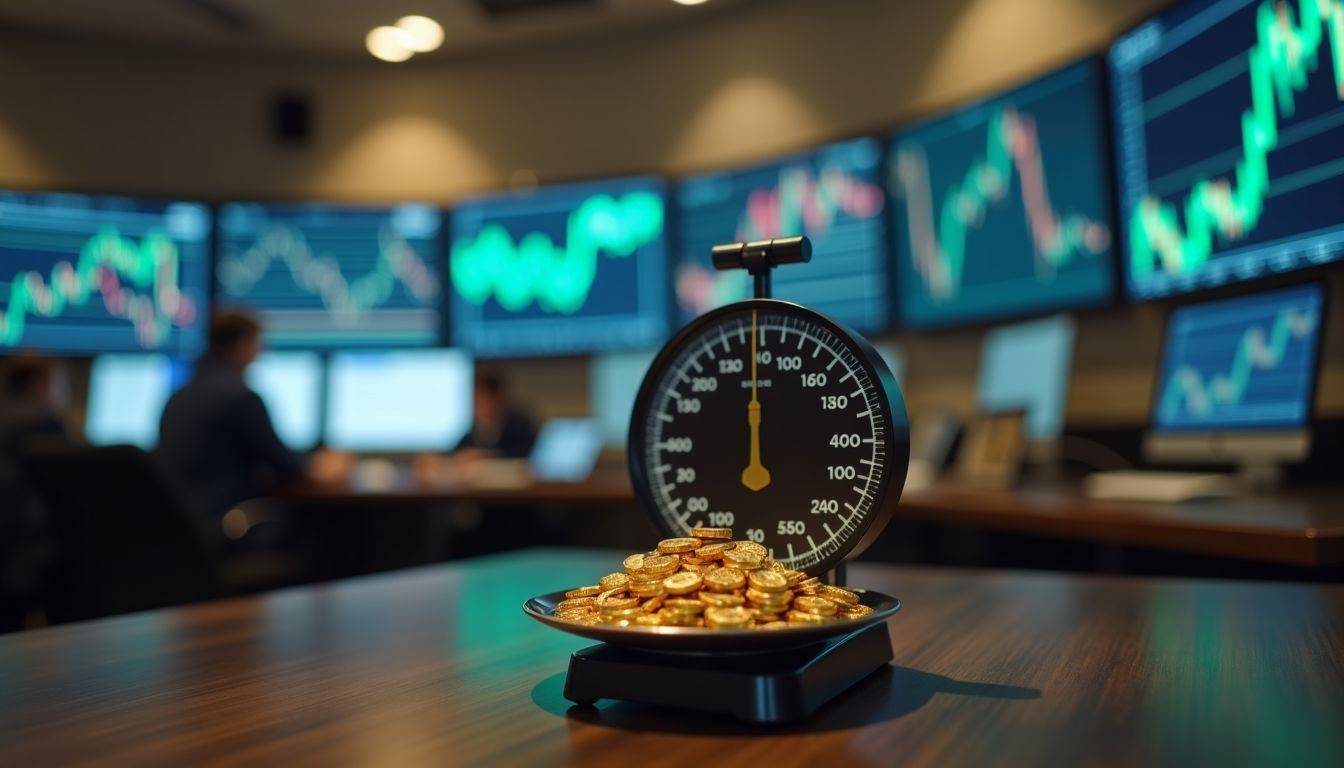
Gold prices have been on a roller coaster lately. They go up and down because of many things like what the Federal Reserve does with interest rates, how much gold countries are buying, and the flow of ETFs.
These changes make gold prices move every day. Experts keep an eye on these moves and share updates to help investors make smart choices.
Watching the daily gold rate is like keeping an eye on a moving target – always changing but full of opportunities.
Traders use futures contracts to guess where gold prices will head next. These guesses are based on lots of data including how strong the USD is and geopolitical tensions around the world.
It’s a game of high stakes with big wins for those who can read the market right.
Predictions for future gold rates
Experts think gold prices will go up and down. This is because things like the Federal Reserve’s choices on interest rates play a big role. If they raise rates, gold might cost less.
But if rates stay low, gold could get more expensive. People also watch how much gold central banks buy or sell. More buying often means higher prices.
Another big factor is the flow of money into and out of ETFs (exchange-traded funds) that hold gold. When lots of investors put their money in these funds, demand for gold goes up, pushing prices higher too.
So, keeping an eye on these trends can help traders and investors make good guesses about where gold prices are headed next. It’s all about watching the market closely and being ready to act when opportunities come up.
Factors Influencing Today’s Gold Prices
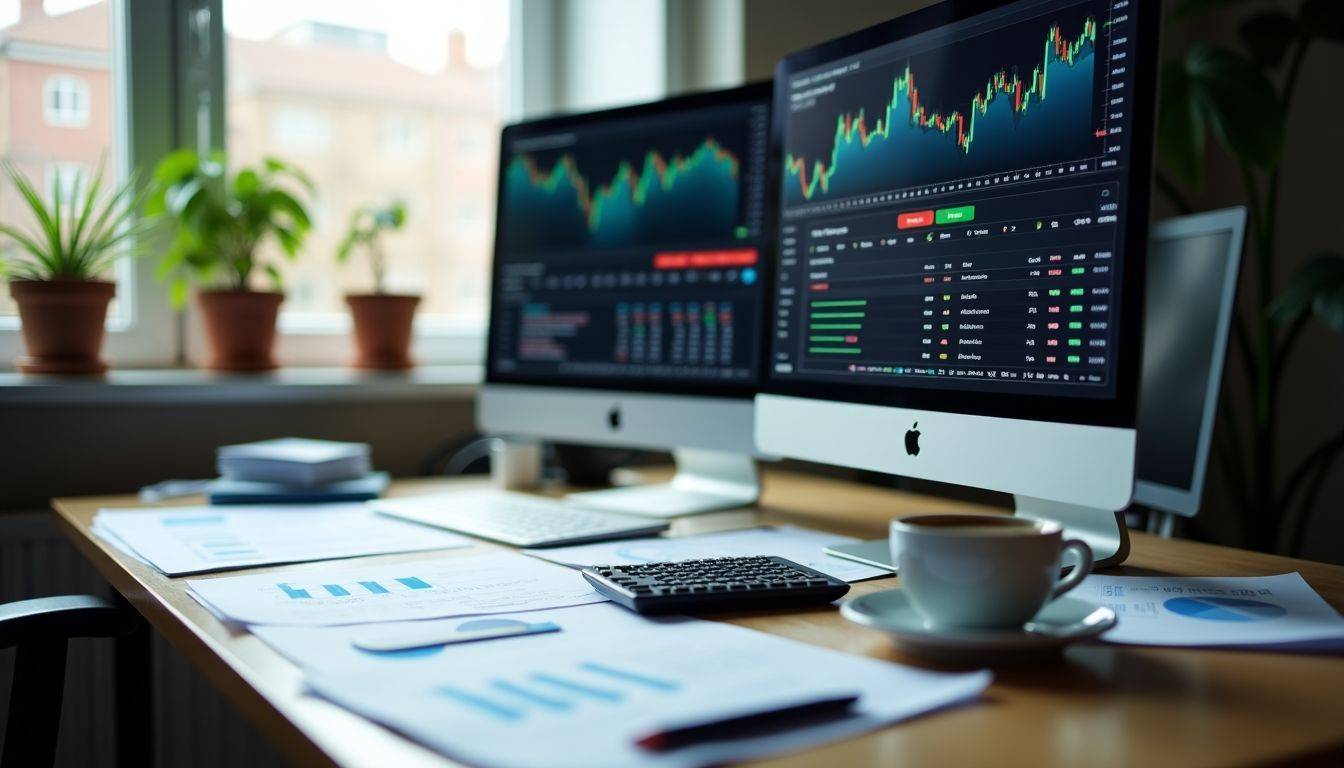
So, you want to know what moves the needle on gold prices? Things like the Federal Reserve’s interest rate choices and how much gold big banks are buying can really shake things up.
Gold isn’t just swayed by folks deciding to buy a few bars or coins; no, sir. It feels the heat from big moves in the finance world – think about those large institutions that play with huge amounts of money, affecting demand like there’s no tomorrow.
Plus, when investors start tossing their cash into funds that track gold’s price instead of holding onto physical pieces, you best believe it stirs the pot even more.
Federal Reserve’s interest rate decisions
The Federal Reserve makes big decisions on interest rates. These choices affect gold prices a lot. When rates go up, gold prices usually drop. This is because other investments start to pay more, so people move their money there.
But when the economy feels shaky, investors run back to gold. It’s like a safe haven for them.
Gold traders keep an eye on the Fed’s moves. Every hint or announcement can sway the market this way or that. Daily updates from experts help these traders figure out what might happen next with gold prices based on interest rate trends.
Central bank gold purchases
The actions taken by central banks significantly impact gold investment patterns.
ETF flows and their impact on demand
Moving from how central banks buy gold, let’s talk about ETFs and their role. ETF stands for exchange-traded funds. These funds play a big part in gold demand. When people invest more in gold ETFs, they push up the need for physical gold.
This is because these ETFs often have to hold actual gold to back their shares.
Analysts see a clear link between how much money flows into these ETFs and changes in gold prices. For example, if lots of investors start putting their money into gold ETFs, the price of gold might go up.
This happens as the ETF has to buy more physical gold to ensure it has enough to match what its investors own on paper.
Tracking tools and resources help us keep an eye on this trend. By looking at these trends, traders and inventors can make smarter choices about when to buy or sell their investments in both physical gold and in these special funds that track the price of gold.
Navigating the Market: Understanding Gold Prices Today
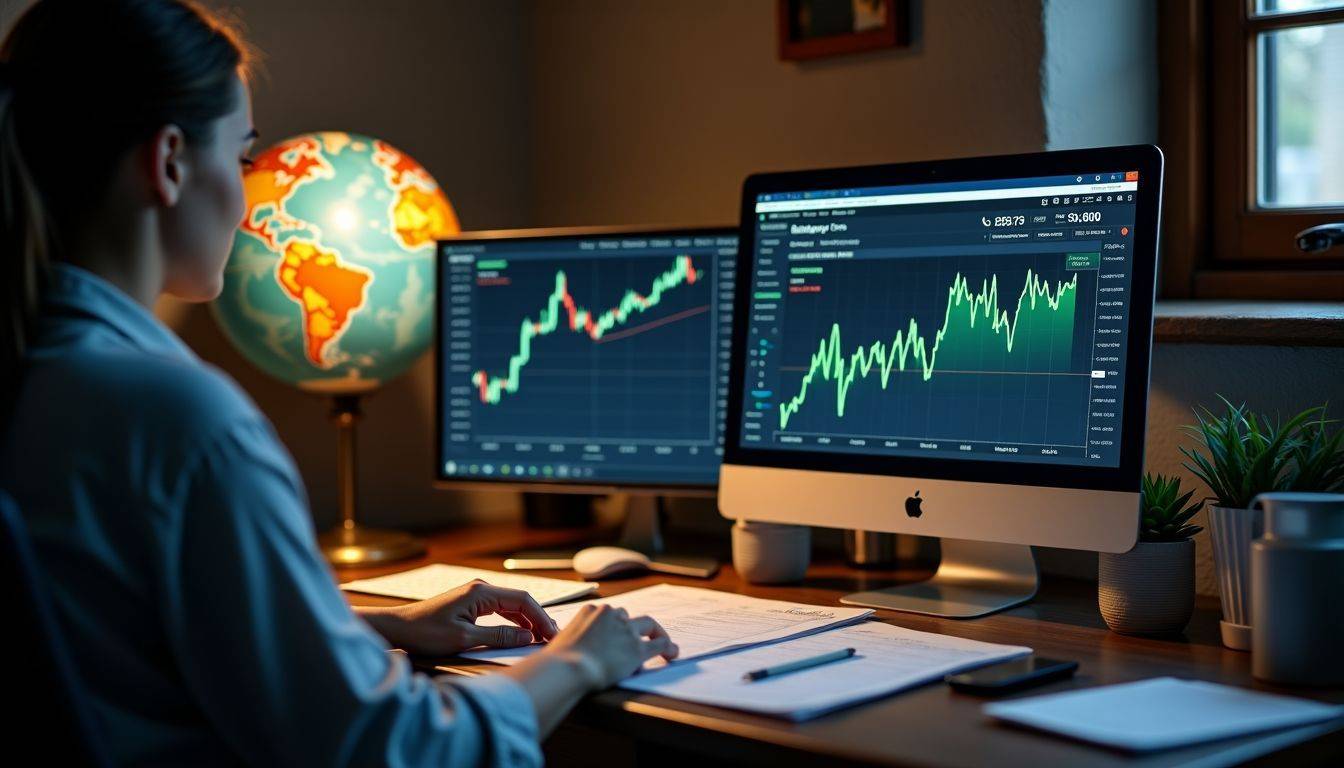
Gold prices change a lot. They go up and down every day. Banks like the Federal Reserve can make these prices move by changing interest rates. When they raise rates, gold often gets cheaper because people can get more money from savings or loans.
Big banks also buy lots of gold and this too changes the price. If they buy a lot, the price goes up.
We also watch how much gold is being bought or sold in funds traded on exchanges (ETFs). This shows us if more people want to invest in gold or not. The value of the US dollar plays a big part as well.
If the dollar gets stronger, gold usually costs less in dollars. So, understanding these parts helps you guess where gold prices might go next.
Gold Investment Strategies
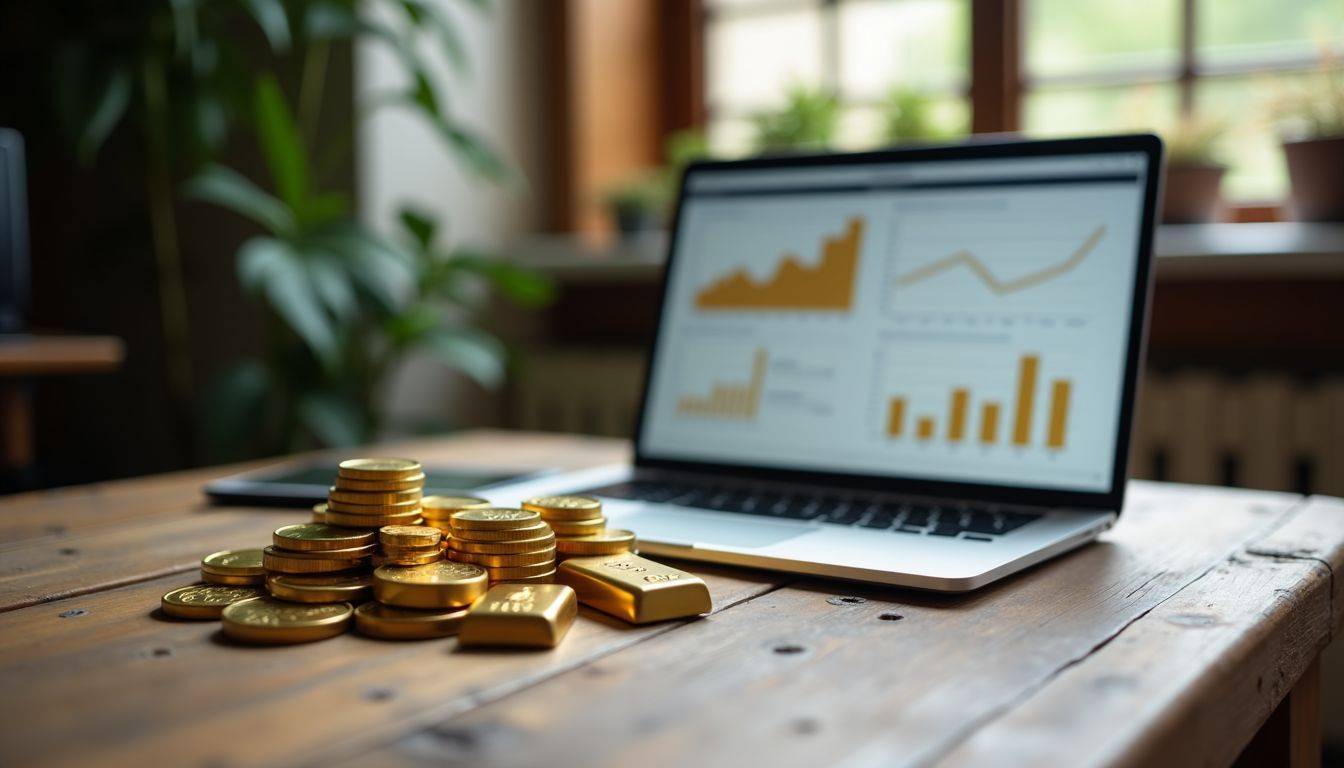
Within the spectrum of gold investment, planning is imperative. You have the option to possess radiant physical gold items or opt for gold funds that reflect the price without possessing the metal.
Determining the perfect time to purchase is also crucial – it all centers around timing! With these options at your disposal, investing in gold could yield significant returns. Interested in learning more? Continue reading and discover ways to enrich your portfolio!
Buying physical gold vs. gold ETFs
Choosing between owning physical gold and investing in gold ETFs is a big decision for traders and investors. Each option has its pros and cons, so it’s key to know the difference.
- Physical gold means you own actual gold items, like bars or coins. This could be American Gold Eagles or Canadian Maple Leafs. You can hold them, but you need a safe place for them.
- Gold ETFs are funds traded on stock markets that follow the price of gold. You don’t own real gold, but shares in a fund.
- Buying physical gold comes with extra costs for keeping it safe and insured. Unlike ETFs, you have to pay for storage.
- Gold ETFs have lower fees compared to physical gold. Their buying and selling costs are less too.
- If inflation goes up, physical gold can protect your money’s value better than cash or bonds.
- Diversifying your investment is easier with ETFs since you can quickly move money around without selling physical items.
- Earning dividends is possible with some gold ETFs but never with physical gold.
- The choice depends on what you want from your investment. If you like holding onto something real, physical might be best. If you prefer easy trading and saving on costs, go with ETFs.
- For those worried about economic crashes or high inflation, owning physical pieces feels more secure.
- ETFs offer quick access to invest in gold without dealing with the hassle of moving and storing it.
Knowing these points will help decide the best way to add gold to your assets whether through shiny coins or digital shares on the market board
Timing the market: When to buy gold
After discussing whether to buy physical gold or gold exchange-traded funds (ETFs), let’s talk about when to buy gold. Knowing the right time can make a big difference. Here are key points to help with timing:
- Keep an eye on the US dollar value. Gold often goes up when the dollar goes down.
- Watch the news for Federal Reserve interest rate changes. Lower rates can mean higher gold prices.
- Check out what central banks are doing. If they buy more gold, it might be a good time for you to buy too.
- Look at stock market trends, especially the S&P 500. If stocks are down, gold might go up.
- Pay attention to inflation reports, like the consumer price index (CPI). Rising inflation usually boosts gold prices.
- Follow global economic news, especially big changes in quick-moving markets.
- Consider buying when there’s political or financial unrest in key areas around the world.
- Use historical price charts of gold to spot patterns.
- Listen to experts and read daily market updates for advice on timing.
This approach covers a mix of closely watching economic indicators and staying informed through expert analyses and daily news updates on market conditions and central bank actions Yet, while trying to time your purchase well is smart, it’s crucial also to consider your overall investment strategy and how gold fits into your portfolio for long-term growth and safety against inflation and volatility in other markets like stocks or bonds..
Benefits of Gold as an Investment

Investing in gold can protect your money from losing value when prices go up. It’s like a safety net that catches you when the stock market falls or the value of money drops. Plus, adding gold to your mix of investments can make your portfolio stronger and more steady.
So, if you’re looking to keep your investments safe and diverse, consider gold. Keep reading to learn how this shiny asset could brighten up your financial future!
Gold as a hedge against inflation
Gold protects money from the drop in dollar value. When prices of things go up, gold usually goes up too. This makes gold a smart choice for keeping wealth safe when costs rise.
People add gold to their mix of investments for this reason. It does well during tough times, unlike other assets that might lose value. So, having gold can help keep a portfolio strong, even when the economy isn’t doing great.
Diversifying investment portfolios with gold
After talking about gold as a way to keep your money safe from inflation, let’s look at how it fits into a bigger picture of investment. Having gold in your mix is like adding a secret ingredient to your recipe—it makes everything else better.
Think of it this way: when you diversify your portfolio with assets like mutual funds, stocks, and bonds, tossing gold into the mix can help smooth out the bumps along the road. It’s because gold often moves differently than other investments.
For example, when stock markets go down, gold prices might go up or stay stable. This balance is key for not losing sleep over market dips. You can own gold in many forms—gold coins, bullion (big bars of gold), or even through exchange-traded funds (ETFs) that represent physical gold storage somewhere safe.
Each option has its perks and downsides regarding premiums over the base price of gold and ease of trade.
Diversification is about not putting all your eggs in one basket. Gold shines here by being different enough from stocks or bonds to truly spread risk.
Challenges in Gold Investment
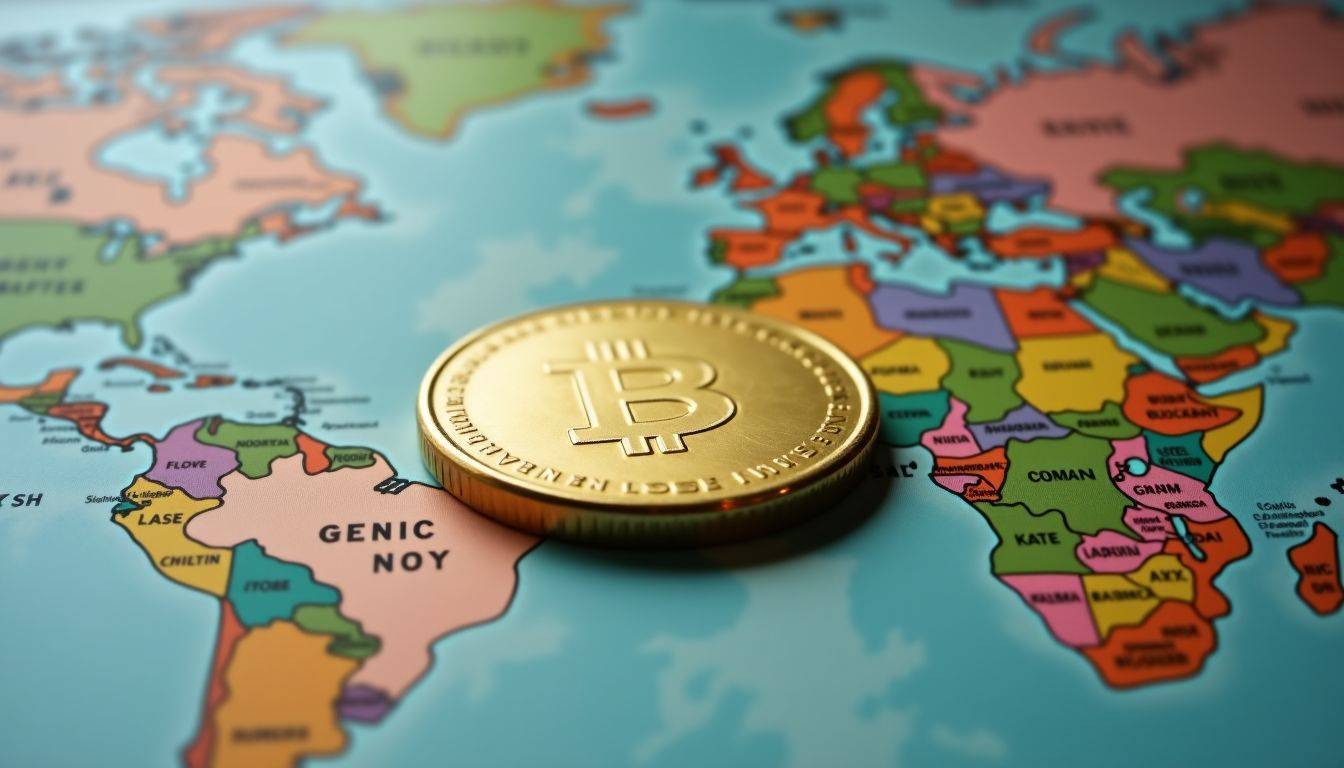
Gold investment can be tricky. The prices jump up and down like a kid on a trampoline. Plus, the world’s money moves can shake things up too. Don’t let this stop you from diving in to learn more!
Understanding the risks associated with gold price volatility
Gold price swings can be big trouble for your wallet. These swings mean the value of gold can go up or down a lot in a short time. This makes investing in gold risky. Knowing how to deal with these risks is key to doing well in trading gold.
Daily market updates and expert insights help traders stay on top of changes. They use trading tactics to manage risks.
Market prices change fast, and this includes the price of gold. Factors like central bank buying and inflation-adjusted rates play a big role. Traders need to watch out for these changes to make good decisions.
Tools like ETFs (exchange-traded funds) also affect demand for gold, changing its price. It’s important for traders to keep learning about how global events impact gold prices too.
Assessing the impact of global economic changes
Transitioning from the uncertainties associated with gold’s fluctuating prices, we venture into the effect of significant global adjustments. These worldwide alterations can either stimulate or disrupt gold prices.
Consider how an increase in inflation rates prompts individuals to invest in secure assets such as gold. It doesn’t solely involve immediate concerns; even gradual shifts in the U.S. dollar value are crucial.
Substantial moves from central banks further influence the balance. If their gold purchases increase, it results in higher demand. ETFs particularly affect the market due to investors’ actions related to their currency and securities involved in futures markets.
Therefore, monitoring these global economic shifts aids people in predicting potential trends for gold—rising or falling.
How to Start Investing in Gold
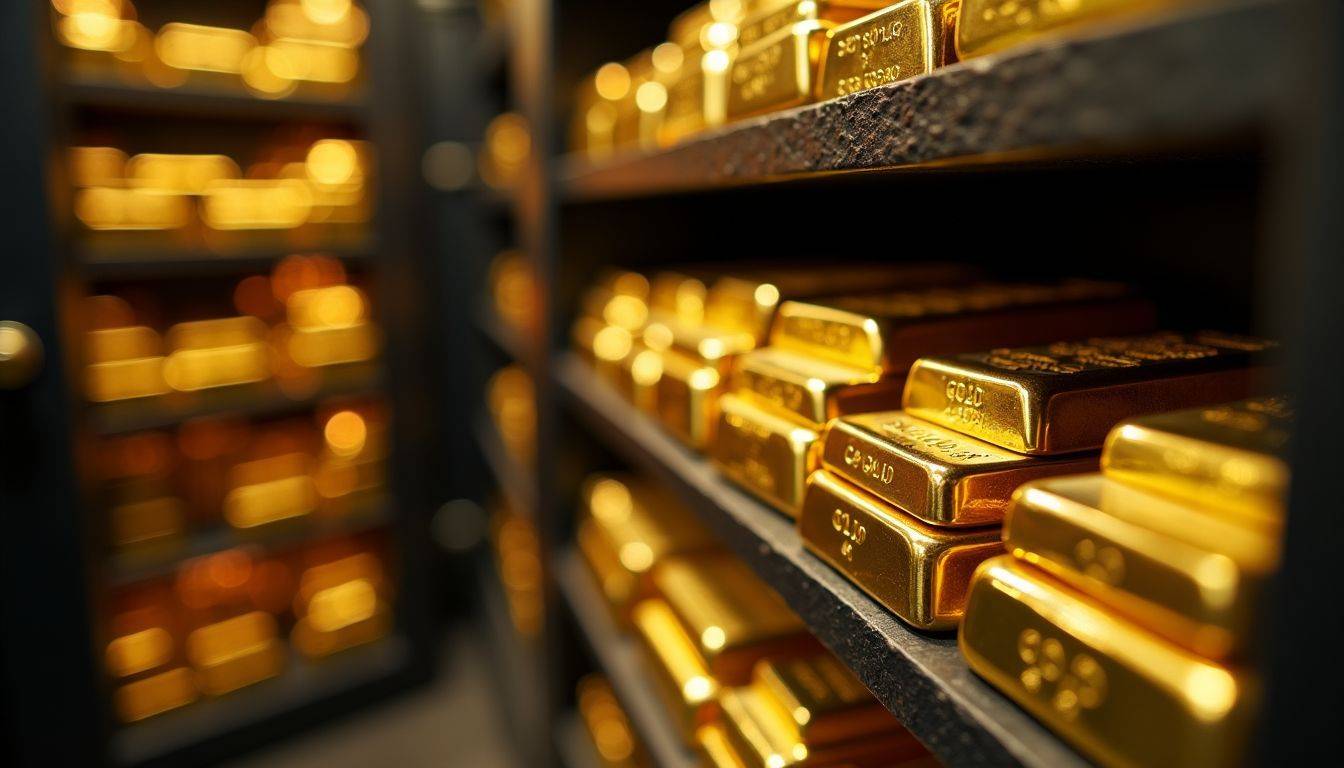
Starting in gold investment can seem big, but it’s quite simple. First, decide if you want real gold like coins and bars, or paper gold like funds. You can buy real gold from dealers or online.
Just make sure they’re trusted. For paper gold, look into funds that track the price of gold. These are bought through brokers or apps on your phone. Always check prices and compare fees before you jump in! Keep learning to make smart choices with your money.
Steps to buying physical gold
Buying physical gold can be a smart move for traders and investors. Here’s how you can get started:
- Decide what kind of gold you want. Options include coins, bars, or jewelry.
- Research the current prices of gold. Look up the market price in US dollars.
- Find a trusted dealer. Check reviews and ratings to avoid scams.
- Learn about premiums. Sellers add this cost over the market price.
- Choose between online or local shops. Each has its pros and cons.
- Make sure the gold is pure. Look for 99.5% purity or higher for investment quality.
- Understand the fees involved. Besides premiums, consider shipping or insurance costs.
- Think about storage options before buying; keep your gold safe in a home safe or bank vault.
- Keep all purchase documents safe; they prove ownership and purity of your gold.
Taking these steps will help you invest in physical gold wisely!
Choosing the right gold investment platform
After learning about buying physical gold, the next step is picking the right platform for gold investments. This choice can make a big difference in how well you do.
- Look for platforms with daily market updates. This helps you stay on top of gold prices.
- Find a site that offers expert insights and trends. It boosts your knowledge.
- Check if the platform analyzes different assets, not just gold. You want to learn about more than one thing.
- Make sure they have tools for traders and inventors. These tools help you make better choices.
- See if they offer resources like blog or YouTube videos to learn from. Videos and blogs can teach you a lot.
- Talk to experienced analysts available through the platform. They can give you tips to improve your investing.
- Choose platforms that are easy to use and understand. If it’s too complex, it might not be helpful.
- Make sure the platform is reliable and has good reviews from other users.
Picking the right platform helps you use today’s gold rate well in your investments.
Conclusion: Maximizing Wealth with Gold Investments
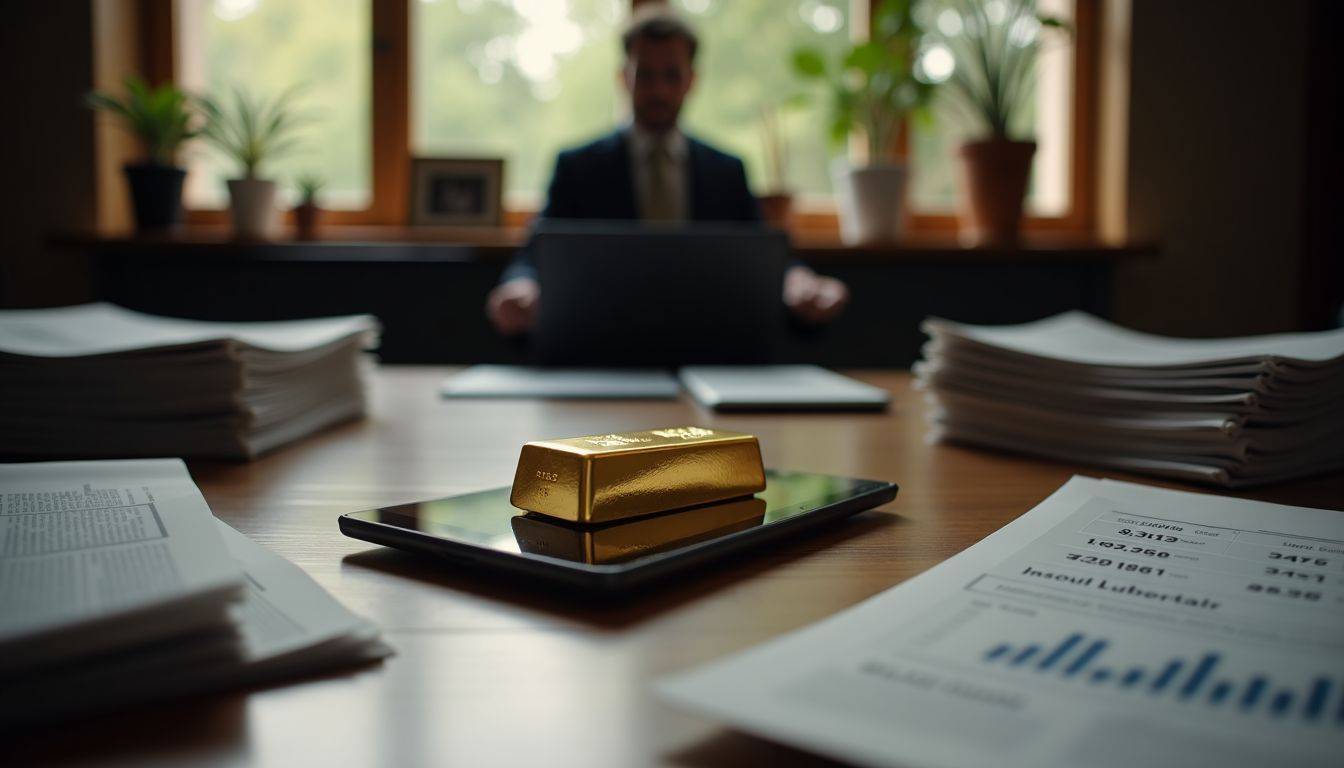
Gold gleams prominently in our collection of investment tools. We’ve examined the fluctuation in gold prices and discussed the factors that cause these shifts. Actions by central banks, flows of ETFs, and market volatility all contribute significantly.
Are you considering investing in gold? Physical gold and paper gold through funds are both viable alternatives, each with their own advantages. The secret is understanding the optimum time to invest.
Gold proves resilient against inflation, making it an intelligent component within a diverse investment portfolio. The goal is not solely to avoid losses but to increase wealth progressively.
With fluctuating rates, purchasing at the right time is crucial.
Yes, risks do exist, particularly with increased volatility due to global changes. However, initiating the process is straightforward: decide on your investment method and select a platform, especially if you’re moving into the digital space.
Think about the opportunities that can arise from well-informed decisions supported by expert insights! Each decision made today could contribute to a more prosperous future.
Therefore, why delay? Initiate exploring your alternatives in the gold market now – the adventure could lead you to unexpected places!
For an in-depth guide on how best to navigate today’s gold market and understand current prices, click here: Navigating the Market: Understanding Gold Prices Today.
FAQs
1. What does “Unlocking Wealth Opportunities With Today’s Gold Rate” mean?
Well, it’s about using the current gold rate to find wealth opportunities! This could be through buying and selling gold bullion or jewelry, investing in exchange-traded funds (ETFs), or even derivative contracts tied to the price of gold.
2. How can I use today’s gold rate to increase my wealth?
You could buy physical gold like bullion or jewelry when rates are low and sell when they’re high. Or invest in ETFs that track the price of gold… You can also play with options markets if you’re feeling adventurous!
3. Does investing in gold offer protection against inflation?
Absolutely! Investing in tangible assets like gold is often seen as a hedge against CPI inflation… Unlike fiat money such as Indian currency which might lose value over time due to inflation, the value of your shiny piece of metal won’t change.
4. Are there any risks involved with investing based on today’s gold rate?
Like all investments, there are risks involved… The market can be volatile, and changes like geopolitical tensions can affect prices dramatically. So always seek financial advice before diving into equity markets or derivatives linked to them!
5. Is investing in precious metals better than other forms of investment?
It depends on many factors including market conditions and personal circumstances… For instance, JPMorgan Chase & Co., a well-known investment banking firm known for their expertise in mergers and acquisitions among other things would likely suggest diversifying your portfolio – maybe some liquidity through money market funds or credit cards? Remember though – every investment has an opportunity cost attached!


